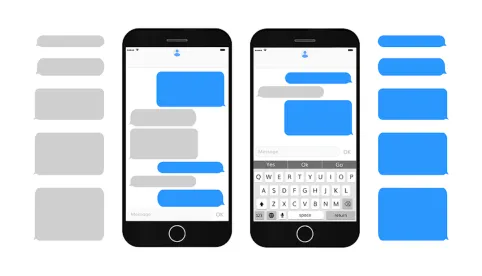What Happened: The Federal Trade Commission and the Antitrust Division of the Department of Justice (the “Agencies”) recently announced that updated language addressing the preservation of “ephemeral messages” and collaboration tools common in business settings will be incorporated into all means by which the Agencies obtain documentary evidence, including standard preservation letters and specifications for all second requests, voluntary access letters and compulsory legal process, including grand jury subpoenas. Asserting that “companies have not always properly retained these types of documents,” the new guidance aims to reinforce the concept that preservation obligations which may arise during antitrust investigations apply to all types of communications, even those meant to disappear.
The Bottom Line: Businesses should be mindful of the communication systems used by their employees, particularly when they have received a request relating to matters under investigation by the Agencies. Auto-delete functions can serve important purposes in the business environment and promote greater data security, but the proliferation of communication platforms means there is no default rule for preserving documents. While thorough preservation efforts come with upfront costs, knowing how—and when—to turn off these settings can be critical to maintaining credibility with the Agencies and minimizing the invasiveness of any investigation.
The Full Story: On January 26, 2024, the Agencies issued joint press releases targeting the use of collaboration tools and ephemeral messaging applications by businesses. According to the release, these technologies allow, or even automatically enable, immediate and irretrievable destruction of communications and documents. The Agencies specifically identify Slack, Teams, Signal and Google Chats as examples of such technologies. Other collaboration tools not specifically identified include Google Docs, SharePoint and Box. Claiming that these features are “designed to hide evidence,” the announcement reads as a stern warning of civil spoliation sanctions and potential obstruction of justice charges when companies fail to preserve these types of documents during the pendency of litigation and government investigations.
Antitrust violations are complex and difficult cases to prove. They revolve on complicated factual and legal issues like market definition and competitive effects. Oftentimes, critical evidence is in the hands of the defendants or targets of investigations. The preservation of ephemeral messages and collaboration tools, like any other kind of document, is thus an important consideration for the Agencies. The announcement is clear that this is not a change in policy, and that ephemeral messages have always been subject to the Agencies’ document requests. Notably, even prior to this announcement some Agency requests have used a definition of “document” that includes reference to ephemeral messaging applications and collaboration tools, although that definition has not been uniformly implemented. The update may reflect internal efforts to achieve greater consistency within the Agencies. In large part, the new guidance is intended to impress upon the business community that these types of communications are on the radar of the Agencies whenever they seek documents in connection with an investigation.
So, when is a business required to change the settings of ephemeral messaging applications and collaboration tools in order to preserve their content? The announcement asserts that the obligation to preserve documents exists “during the pendency of government investigations and litigation.” Recent Agency requests have even incorporated a new instruction: “Do not destroy” documents “responsive” or “relating to the subject matter” of the request “until a[n Agency] representative notifies [you] that the investigation has ended.” That instruction is accompanied by a caution that destruction of such documents “may constitute a felony.” Companies that receive a subpoena or CID and are identified as the target of an antitrust investigation generally implement a litigation hold upon receipt of the document request. Moreover, the spoliation case cited by the FTC suggests that a request by an Agency to preserve documents (e.g., in a voluntary access letter) plus knowledge that the Agency was investigating the company could trigger the obligation to preserve documents.
What is less clear is whether the obligation to preserve documents attaches to third parties that are not the target of an investigation but receive compulsory process such as a subpoena or CID. In the litigation context, a duty to preserve generally only applies to parties, and while nonparties must “obey” a subpoena, receipt of a subpoena does not necessarily trigger a continued obligation to preserve documents. Analogously, a third party does not reasonably anticipate litigation against the third party when it receives a document request from an Agency. Moreover, Agency document requests tend to be extremely broad and, unlike in civil litigation where timely objections to a subpoena suspend the obligation to respond, compliance is required unless the recipient moves to quash. Where investigations can last many months or years, an open-ended requirement to preserve documents “relating to the subject matter” of such broad requests would create a potentially significant burden and expense on third parties.
Conclusion: Document preservation obligations present thorny issues even in routine circumstances. In the context of ephemeral messages and collaboration tools in government antitrust investigations, the risks are heightened. Understanding how the Agencies view this new technology is informative of their priorities and frustrations in pursing antitrust enforcement. Companies that are targets (or even third parties) in antitrust investigations should consult with antitrust counsel to ensure that the proper document preservation measures are in place to comply with the Agencies’ stated policy on ephemeral messaging and collaboration tools.






 />i
/>i

